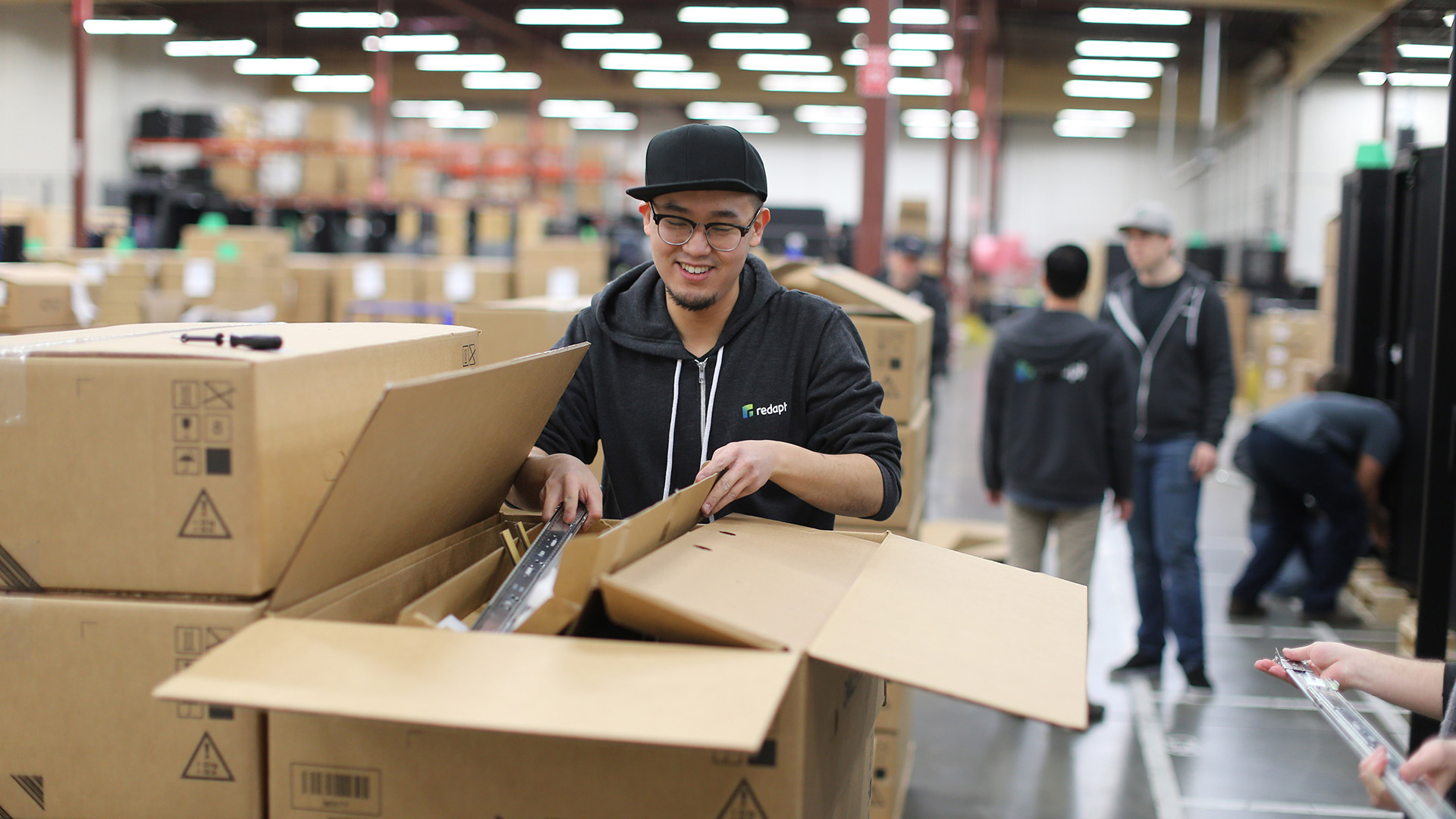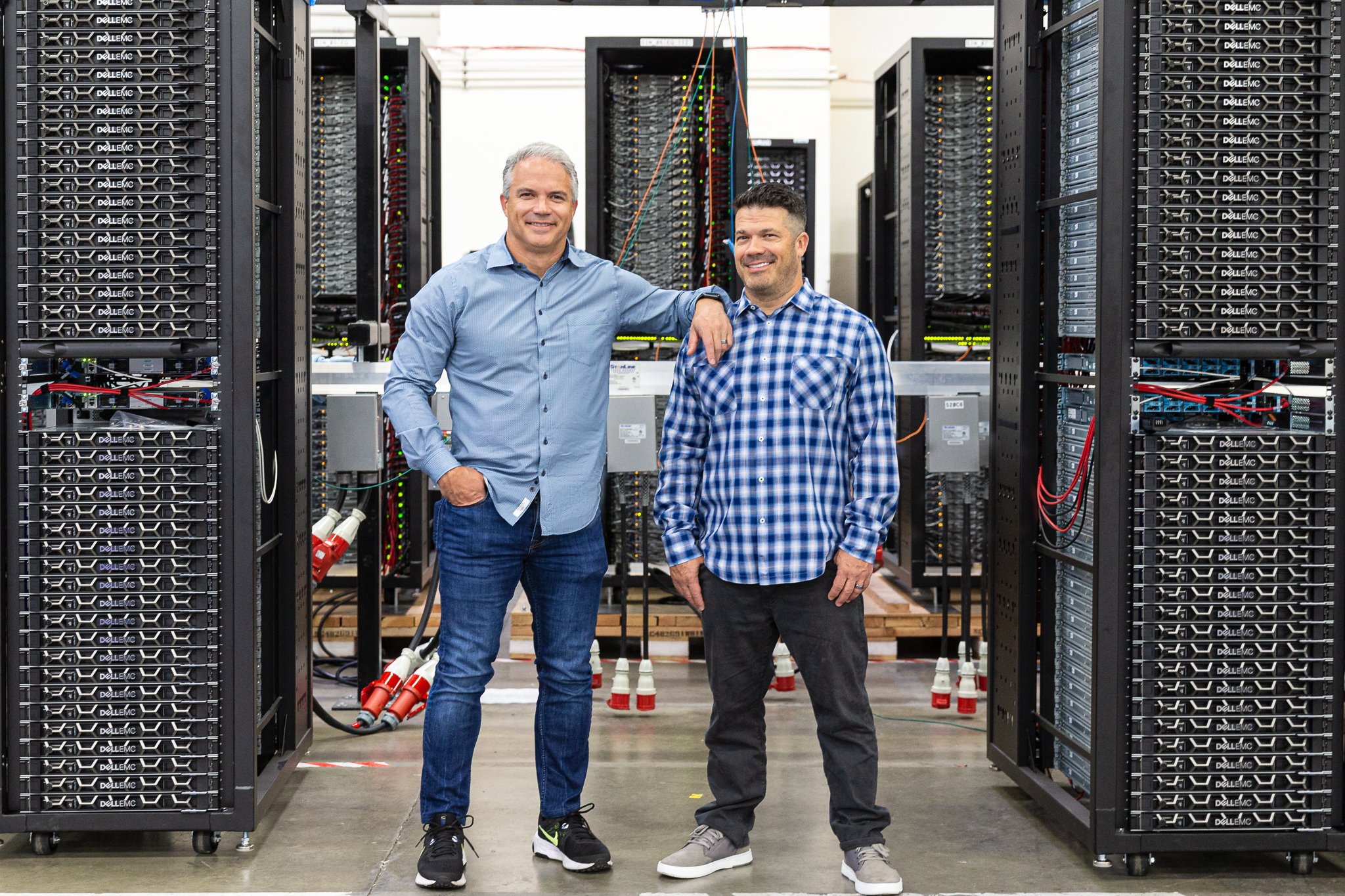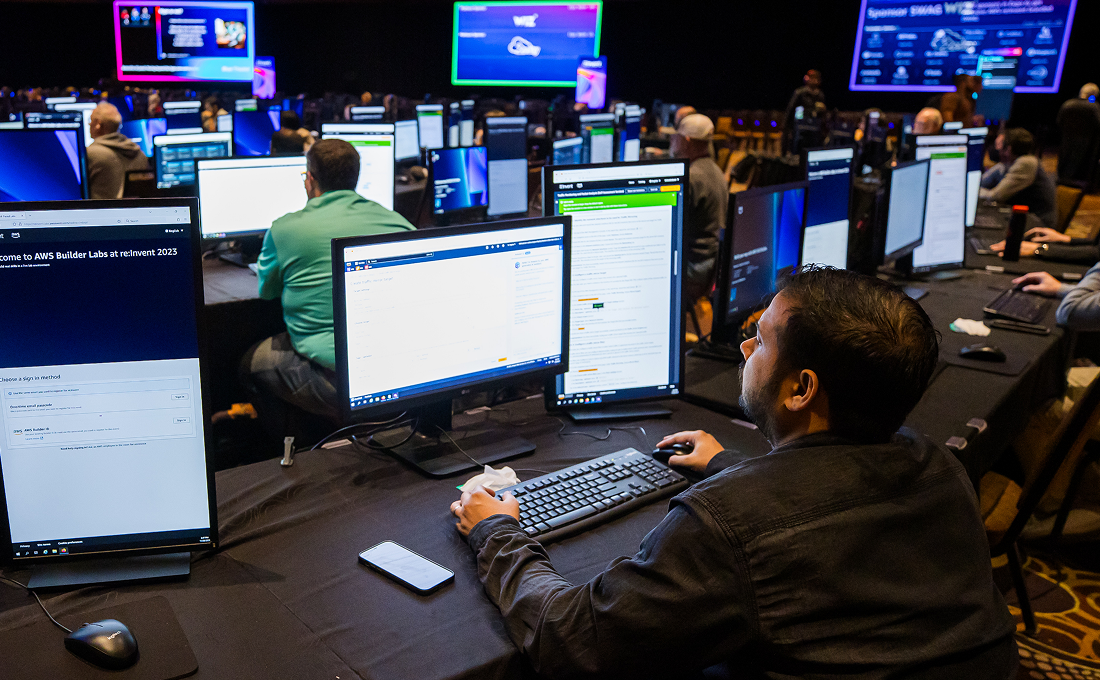As GPU technology has rapidly advanced over the years, the demands on cooling solutions have become more complex and challenging. Remember the GTX 780 Ti from 2013? It was a top-tier GPU, consuming up to 260W at the time. Today, GPUs like the RTX 4090 Ti push the boundaries, demanding almost twice that.
This surge in power consumption translates to increased heat generation. As a result, traditional air coolers and fans often need to improve to ensure optimal GPU and GPU cluster performance. This presents a challenge for CTOs and tech leaders: how do you effectively cool these modern, high-performance GPUs?
Liquid cooling emerges as a compelling answer to the question of modern datacenter infrastructure cooling. But is it the right solution for every organization?
In this guide, we'll explore the world of GPU liquid cooling. We'll briefly examine some key considerations, introduce the essential tools, and share practical tips. Let’s ensure your GPUs remain cool and perform at their peak.
Why Liquid-Cooled GPU? Why Not Air Cooled GPU?
Before we get into our list of tips and tools, let’s answer a fundamental question: Why explore water-cooled GPU in the first place?
High-end GPUs can produce significant heat, especially those used in AI or machine learning tasks. If not managed, this heat can reduce the lifespan of your GPU or even lead to performance throttling. So, if you're pushing your GPU to its limits or plan to, liquid cooling might be the way to go. Liquid-cooled GPUs offer superior thermal performance, which can keep your graphics card cooler under heavy loads.
On the flip side, air-cooled GPUs are generally easier to set up, require less maintenance, and are typically more affordable. They do a commendable job, especially with fan and heatsink technology advancements.
Related Read: 5 Essential Datacenter Hardware Components for Modern Businesses
So, is one outright better? Not necessarily. It depends on your needs, budget, and how much you prioritize factors like temperature, noise, and energy efficiency. Consider what's crucial for your organization and go from there. Remember, a cooler GPU performs better and has a longer lifespan, translating to better ROI in the long run. Regardless of your option, prioritizing GPU cooling can translate to dollars in your pocket.
GPU Liquid Cooling: 7 Considerations
Enterprises seek a long-term, efficient, scalable approach that aligns with their goals and infrastructure. That said, let's break down the key considerations you must consider when implementing GPU liquid cooling solutions:
1. Determining the Physical Space Available in Your Datacenter
Before you jump onto the liquid cooling bandwagon, assess the physical space available in your datacenter. Liquid cooling systems, especially custom loops, can be bulky. To ensure adequate flow, you'll need room for radiators, reservoirs, and tubing. If space is a constraint, consider a more compact cooling solution.
2. Weighing Costs Against Desired Performance
Liquid cooling, while efficient, can be pricier than its air-cooled counterpart. Custom cooling loops can be particularly costly, especially if using high-end components.
As a tech leader, weighing these costs against your desired performance and energy efficiency gains is crucial. After crunching the numbers, you may discover an approach that offers the best balance for your needs.
3. Routine Checks and Possible Adjustments
Unlike "set it and forget it" air-cooled options, liquid cooling systems require maintenance. There’s lots of work to do, from checking for leaks to ensuring the cooling fluid remains uncontaminated. Ask yourself or your team: are we prepared for this commitment? Regular maintenance ensures the system's efficiency and prevents potential costly damages.
4. Future GPU Upgrades or Replacements
The tech world is ever-evolving. Today's high-end GPUs can quickly become tomorrow's mid-tier offering. When investing in a cooling solution, consider its scalability. Ask yourself some critical questions:
- Can it cool more powerful GPUs you might acquire in the future?
- If you're looking at a custom loop, can it be easily adapted or expanded?
Investing in a scalable solution now can save significant costs, offering a future-proof cooling solution that grows with your needs.
Related Read: Datacenter Networking 101: 7 Requirements For Your Platform
5. System Noise and Visual Appeal
Liquid cooling systems operate more quietly than air-cooled options, especially those with quality components. This can be a significant advantage if you aim for a quieter datacenter.
We should also mention aesthetics as they relate to your liquid cooling system. A well-executed liquid cooling setup can be a visual masterpiece, showcasing the technical prowess of your organization. However, remember that beauty is subjective. Ensure the system aligns with your company's aesthetics and branding before prioritizing the design of your liquid cooling system.
6. Benefits of All-in-One (AIO) GPU liquid-cooling vs. Custom Builds
You'll encounter two primary routes exploring GPU liquid cooling: AIO solutions and custom builds.
AIOs are essentially plug-and-play, offering ease of installation for those less familiar with water cooling. These solutions come pre-assembled, are generally more affordable, and deliver reliable performance out of the box.
Custom builds, on the other hand, are the enthusiast's playground. A custom-built cooling solution offers flexibility for a tailored solution to maximize GPU performance. With custom setups, you can achieve optimal aesthetics and integrate advanced components. However, these benefits come at a cost — both financially and in terms of the time investment required.
7. Find the Right Liquid Cooling Option
Datacenters offer various liquid cooling solutions for GPU farms. There are multiple supported options; understanding them and their differences will help you find your best solution. The first option, direct-to-chip cooling, pumps chilled liquid directly over the CPU/GPU via a cold plate attached to the chip. The warm liquid circulates to a cooling unit. This method effectively removes heat at the source but still requires additional fans to cool residual heat from other components.
Immersive cooling, another option, submerges the entire system in a tank filled with non-conductive liquid that absorbs heat from the CPUs/GPUs. The warm liquid rises and is cooled externally by a heat exchanger. This is the most efficient method but also the most expensive and complex to implement.
Finally, Rear door heat exchangers (RDHx) attach a rear door with fans and liquid to the server rack, cooling hot exhaust air before it enters the data center. This does not directly liquid cool but reduces the overall cooling load.
When selecting your solution, keep these considerations in mind:
Power efficiencyLiquid cooling enables lower chip temperatures, allowing higher clock speeds and reduced electricity consumption. It also decreases fan and vibration noise, improving reliability.
Space utilizationHigher server density and flexible placement are possible with liquid cooling since airflow is less constrained. This improves the use of datacenter floor space.
ScalabilityLiquid cooling solutions can simply scale your performance per rack by enabling more GPUs due to reduced heat dissipation issues.
Noise reductionLiquid cooling greatly minimizes fan noise and vibration that comes with air cooling high-density GPU racks.
Complexity and costImmersive cooling is the most complex and expensive option, while RDHx is simpler but provides less direct cooling.
The optimal solution depends on cooling needs, budget, and existing datacenter infrastructure. Your datacenter partner will recommend solutions they support that match your requirements with their best choice.
Tips for Building and Maintaining a GPU Liquid Cooling System
Are you ready to equip your enterprise infrastructure with liquid GPUs? As any seasoned tech enthusiast knows, it's not just about aesthetics or bragging rights. There's a science and art to it, much like enterprise infrastructure. Here are some actionable tips to ensure your GPU liquid cooling system is set up for success.
1. Determine the Ideal Order For Components
Some professionals differ in their opinion of an ideal cooling loop order. A typical loop order might be reservoir, pump, GPU block, CPU, block, radiators, then reservoir. Work with your datacenter provider to determine what solution they will allow and support.
Regardless of your order, you should always follow one steadfast rule: always ensure the reservoir is positioned above the pump and feeds into it. This setup not only aids in easier system bleeding but also extends the pump's life.
2. Ensure System Integrity From the Outset
Even if you've secured every fitting tightly, there's no guarantee against leaks. After building the loop, run the pump independently, ensuring no other components are active, preventing potential hardware damage in case of a leak. Once you're confident about the loop's integrity, continuously monitor for any slow leaks, especially during the initial days.
3. Secure Components Without Risking Damage
Tight fittings are crucial to prevent leaks, but there's a fine line between secure and over-tightened, especially with certain cooling blocks and reservoirs. Over-tightening on lucite top blocks can lead to cracks, so you’ll want to be careful.
When using compression fittings, remember to leave space. A bit of give can prevent over-tightening as the barbs might tighten slightly during the process.
4. Balancing The Cooling Loop With Overall Case Airflow
You might think that case airflow becomes secondary with a liquid cooling system. Think again.
Proper airflow is vital to dissipating the heat generated by your components. Ensuring a cool environment within your case will enhance your radiator's efficiency. So, while you're splurging on that high-end cooling loop, don't skimp on quality case fans.
5. Ensure Air-Free Operation
Bleeding your system is perhaps the most patience-testing part of the setup. However, it's essential for consistent and optimal temperatures. Tips for efficient bleeding include:
- Keeping the reservoir above and feeding the pump
- Periodically turning the pump off and on to consolidate smaller bubbles
- Gently rocking your PC case to dislodge trapped air
- Squeezing tubes to increase internal pressure, aiding in flushing out air
6. Preventing Corrosion Within the Loop
Different metals can react, causing galvanic corrosion. While modern loops have minimized such risks, being informed is still essential. Stick to compatible metals and use quality coolants to prevent unwanted chemical reactions.
Must-have Tools for GPU Liquid Cooling
Whether you're a seasoned tech enthusiast or a CTO looking to implement large-scale cooling solutions, having the right tools can make all the difference. Here's a list of tools to keep your GPU cooling system in shape.
1. Temperature Monitoring Software
Temperature monitoring software can help you with:
- Real-time Monitoring: Stay updated with real-time GPU temperature readings.
- Historical Data: Analyze past temperature data to predict and prevent potential overheating scenarios.
- Alerts: Receive immediate notifications if temperatures breach safe thresholds, allowing swift corrective action.
Pick a tool that aligns with your GPU brand and system needs to provide accurate readings and ensure longevity.
2. Leak Detection Systems
Leaks can be a nightmare, potentially damaging your GPU and other components. Leak detection systems are invaluable for:
- Early Detection: These systems can detect even the most minor leaks and ensure you can address issues before they escalate.
- Protection: Paired with auto-shutdown features, they can power down your system in case of a leak, preventing potential damage.
- Peace of Mind: Knowing you have an early warning system can provide peace of mind, especially in enterprise environments.
The right leak detection systems will provide additional safety to your GPU cooling setup.
3. Flow Rate Monitors
Ensuring the coolant flows at the correct rate is also vital for optimal cooling. Too slow, and you risk inadequate cooling; too fast, you might introduce wear and tear.
Flow rate monitors help:
- Optimize Flow: Find the perfect balance for your system, ensuring efficient cooling without overburdening the pump.
- Detect Blockages: Early detection of obstructions or blockages can prevent potential damage or reduced efficiency.
- System Health: Regular monitoring can also provide insights into the overall health of your cooling system.
Brands like Koolance and Aquacomputer offer reliable flow rate monitors that can seamlessly integrate into your setup.
4. Coolant Quality Checkers
Over time, the quality and efficiency of your coolant can degrade. The function of a coolant quality checker is to:
- Assess Efficiency: Determine if your coolant is still performing optimally or if it's time for a replacement.
- Detect Contaminants: Early detection of contaminants or foreign particles can prevent potential system damage.
- Maintain System Health: Regular checks ensure that your cooling system remains in top shape, providing consistent performance.
Utilizing tools like refractometers can give you accurate insights into your coolant's quality and efficiency.
GPU Liquid Cooling Essentials
Liquid cooling is about more than just temperature management. Exploring this solution will open your organization to a frontier of performance enhancements spanning your GPU to RAM, CPU, and even motherboard. It’s also an ideal solution to help you reach your ESG goals since it’s far more energy efficient. All these advantages work together to grant your enterprise that extra edge in processing prowess.
However, innovation comes with a unique set of challenges. Setting up a liquid-cooled system requires attention to detail. A small misstep could lead to leaks, putting your entire system at risk. But when done right, the rewards for performance, aesthetics, and system longevity are unmatched.
So, as you consider using GPU liquid cooling for your enterprise, remember it's a decision that can redefine your tech landscape. If you're looking for guidance or expert insights on your GPU cooling journey, we're here to help. Schedule a Clarity Call with our specialists.














